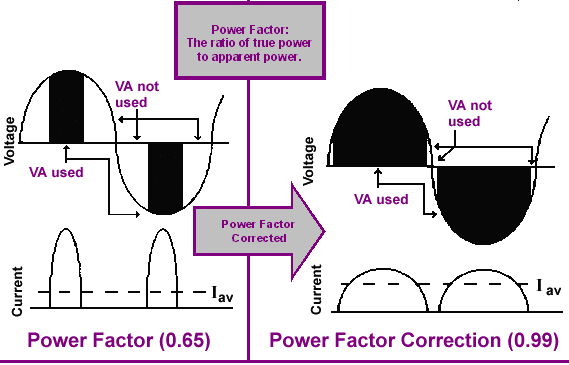I've never seen a SCC that can't be programmed to behave as I describe with regards to float voltage behavior.
Does SCC supply current to maintain float?
In the context of off-grid solar systems, not in the least. Do LFP have different requirements than other chemistries in general? Absolutely.
There's no such thing as a high impedance mode. It's above voltage differentials. Current only flows from higher voltage to lower.
The SCC is set to the absorption voltage. Once charge cut-off criteria is attained, the charger changes its set voltage to the float voltage. Now the battery voltage is higher than the charger, so current wants to flow to the charger. The charger will not permit back flow of current, so no current flows. As the battery voltage drops below float, current flows to the battery until it attains float voltage. Loads produce the same effect - voltage drops, current flows, voltage rises in response until equilibrium is attained at the float voltage.
I don't believe it. I know it. I literally see it happen EVERY DAY on my system.
EVERY DAY.
Well, you’ll be happy to know I’ve concluded that you’ve been correct about all of this and I’ve been wrong. I found this: https://en.m.wikipedia.org/wiki/IUoU_battery_charging
‘ The three phases are: I-phase (constant electric current), Uo-phase ([b{constant over-voltage[/b{), and U-phase (constant voltage). The purpose is to fully charge the battery in a relatively short time without reducing its life span and to indefinitely keep the battery charged as long as the charger is connected.’
So Float is a second CV mode at target fully-charged voltage while Boost is a first CV mode at ‘over-voltage’ (charging voltage).
So I’ll chalk my confusion up to my poorly-worded questions coupled with answers coming from a non-native English speaker (though Battleborn’s statement about Float not being needed for LiFePO4 didn’t help),
I know you’ve known this since the beginning and I appreciate your patience with me and the effort you’ve put into helping me to understand correctly.
(Oh, and I’d already sent essentially your exact suggested question to Sigineer (among others)).



